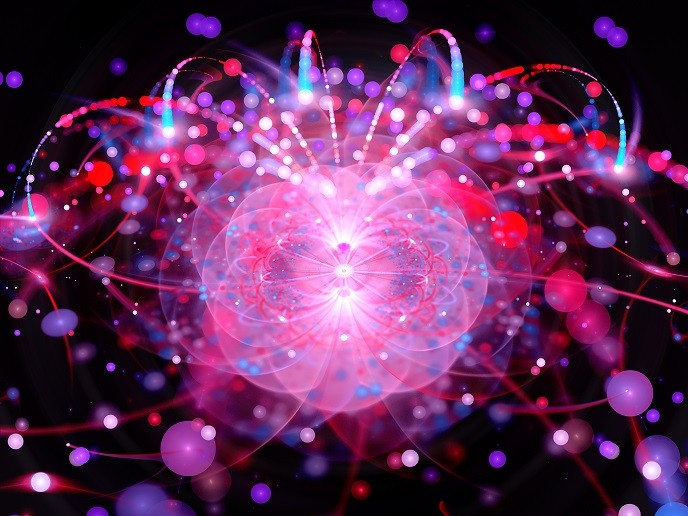Higgs pairs could yield new physics beyond the Standard Model
For decades, physicists sought the Higgs boson – the odd particle that was the missing piece of the Standard Model (SM) puzzle. Eventually, the endurance and curiosity of researchers has been rewarded in 2012 when the last remaining fundamental particle to be experimentally confirmed was detected by the Large Hadron Collider (LHC) at CERN. While the SM beautifully describes what matter is made of and how it holds together, it is a flawed theory. The properties of the Higgs boson could help reveal more about the basic questions that the SM fails to answer. “The Higgs boson can be a stepping stone to our exploration of dark matter, the asymmetry of matter and antimatter (CP-asymmetry), and a Grand Unified Theory of particle physics,” notes Stefano Moretti, coordinator of the NonMinimalHiggs project. Funded under the Marie Skłodowska-Curie programme, researchers working on NonMinimalHiggs explored how the Higgs boson can bring the world closer to understanding the fundamental composition of the Universe. Some of the key issues addressed were the following: “Which new physics models better describe the fundamental composition of the Universe when all observed properties of the Higgs boson are considered?" The work conducted will aid the search for new physics at present and future hadron colliders.
Clarifying the origins of electro-weak symmetry breaking
In the SM, elementary particles acquire their masses by interacting with the Higgs field. The process is governed by a delicate mechanism called electro-weak symmetry breaking (EWSB) which remains amongst the least understood phenomena of the SM. The SM calls all the carriers of the EW force to have zero mass – this allows the electro-magnetic (EM) and weak nuclear forces to merge into a single EW force. However, unlike the massless photon that mediates the EM interactions, the bosons that carry the weak force have non-zero masses – the Higgs field breaks the EW symmetry of the boson masses. “NonMinimalHiggs researchers successfully helped prepare the stage for the particle physics community to find the underlying ‘BSM’ structure responsible for the EWSB mechanism,” notes Moretti. Collaborative interdisciplinary research partnerships amongst many institutions searched for new Higgs boson states with the aid of new numerical tools. As an example of their novel approach, NonMinimalHiggs researchers highlighted the need to consider the quantum interference effects in the study of charged Higgs states. This interference, which has not been considered in the experimental analyses conducted at the LHC, can completely alter interpretation of data. Their findings are reported here.
A single Higgs is not enough
NonMinimalHiggs produced more than 110 publications. The common denominator has been the construction of a variety of likely scenarios that embed the Higgs mechanism (in a non-minimal form) into new BSM scenarios. Studying how these frameworks manifest in earthly laboratory and space facilities will help reveal the hidden BSM physics that surrounds us. What does this non-minimal form refer to? “The SM is built with only one Higgs boson, which is consistent with the scalar particle discovered at the LHC. This minimal version can sufficiently account for the mass-generation mechanism of particles, but is not generally a long-term cure for the SM’s ills. Our models involving more than one Higgs bosons or other scalar particles will help answer some of the most troubling problems in fundamental particle science, opening more doors for new BSM physics,” concludes Rui Santos, another NonMinimalHiggs researcher.
Keywords
NonMinimalHiggs, Standard Model, Higgs boson, new physics, Large Hadron Collider (LHC), Beyond Standard Model (BSM), electro-weak symmetry breaking (EWSB), non-minimal Higgs



